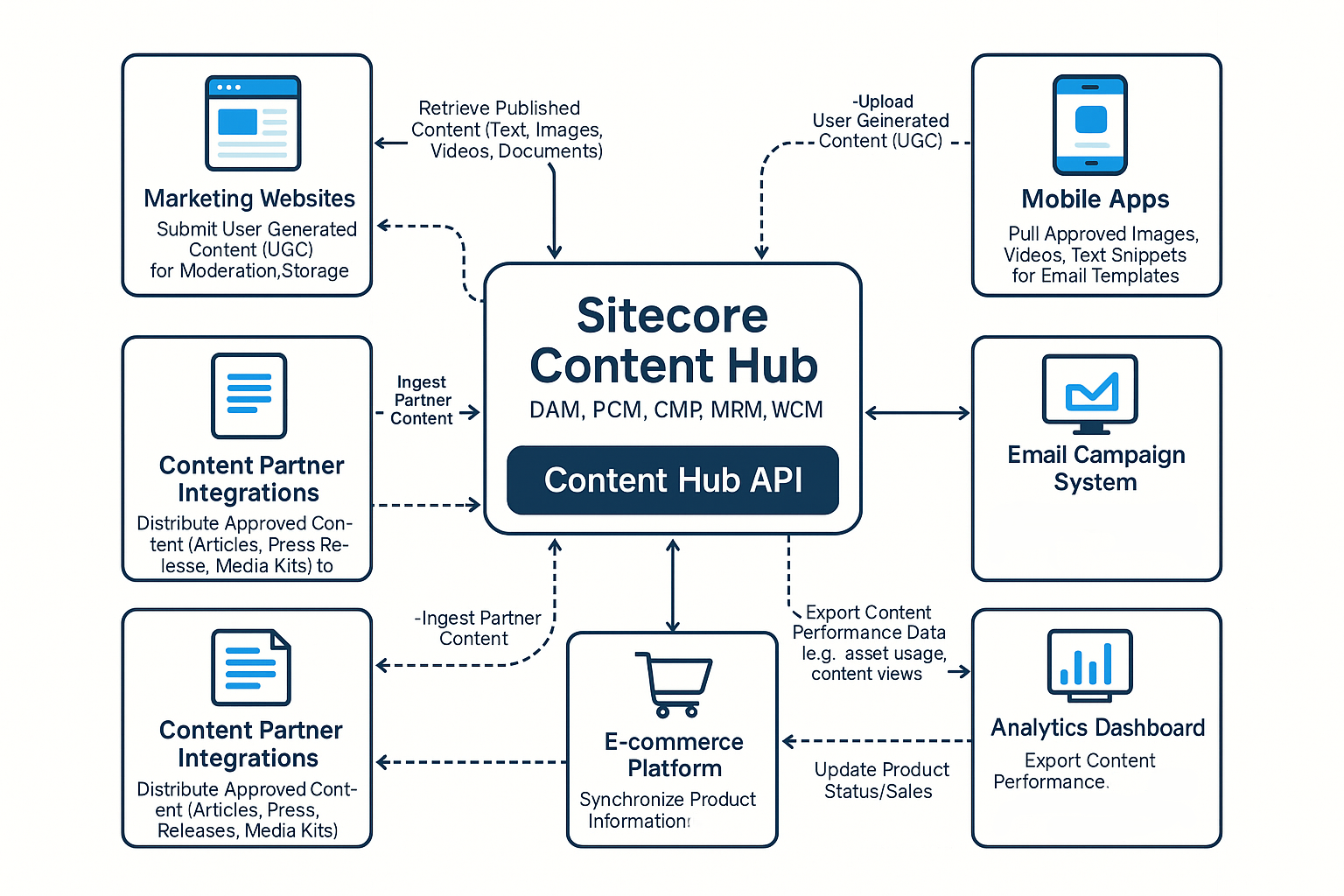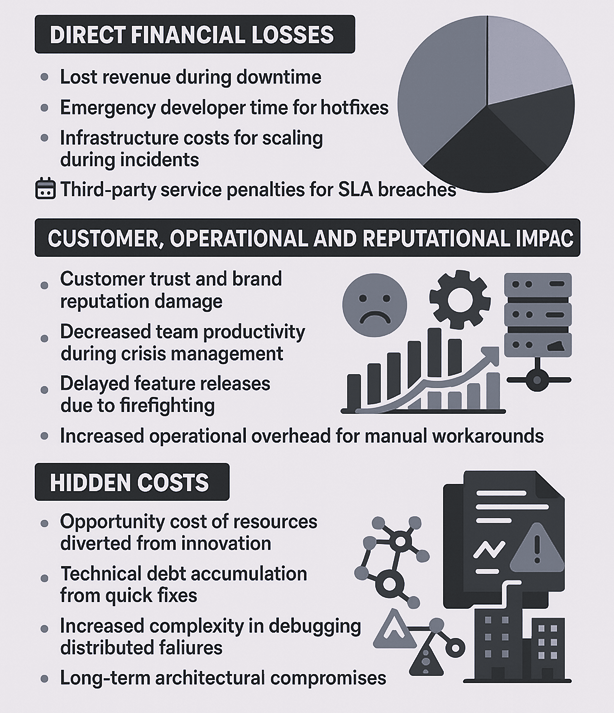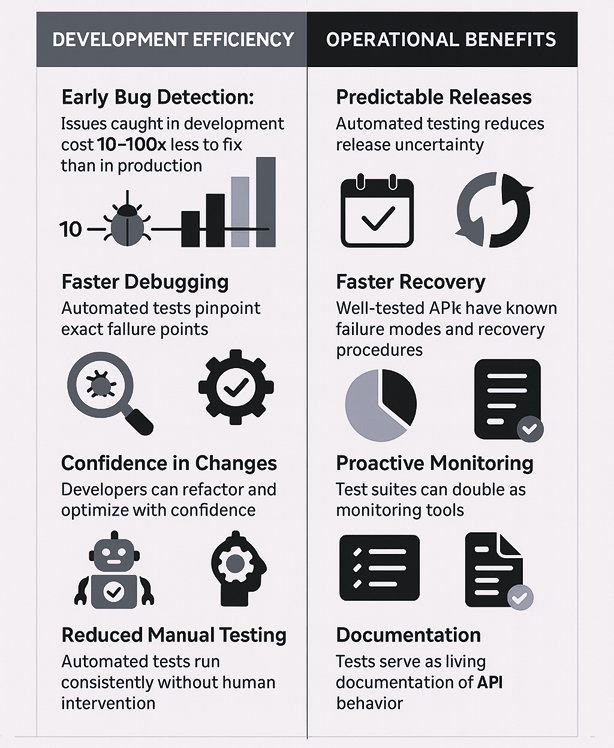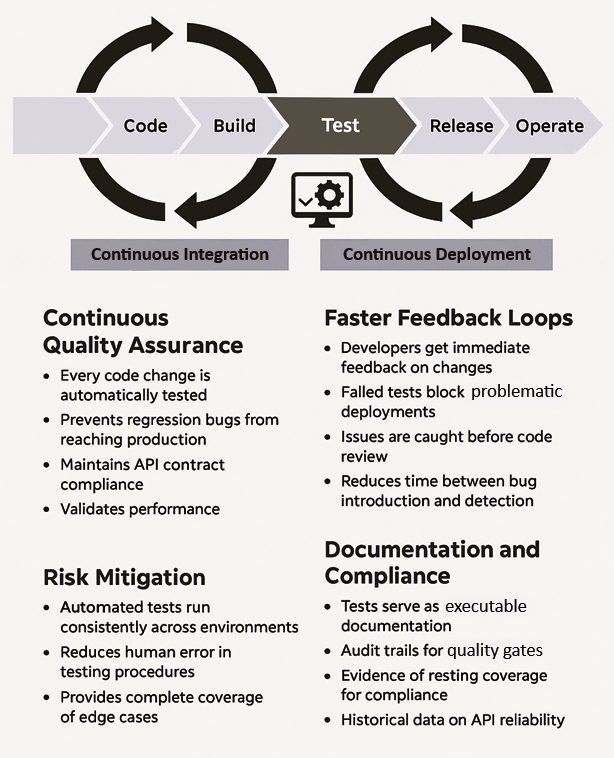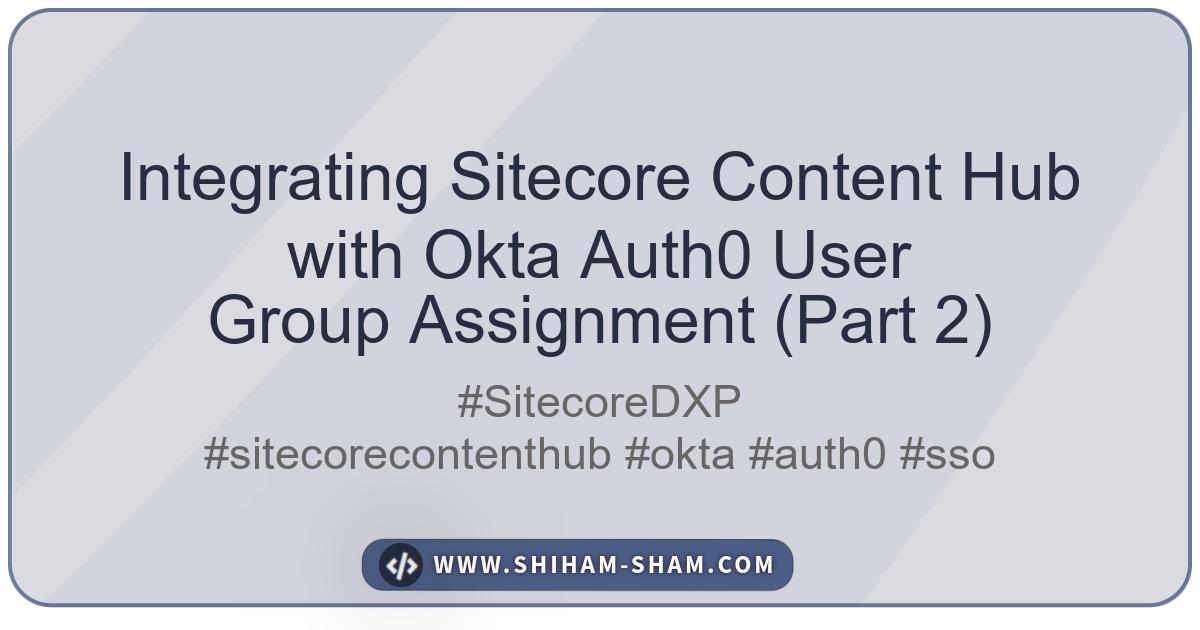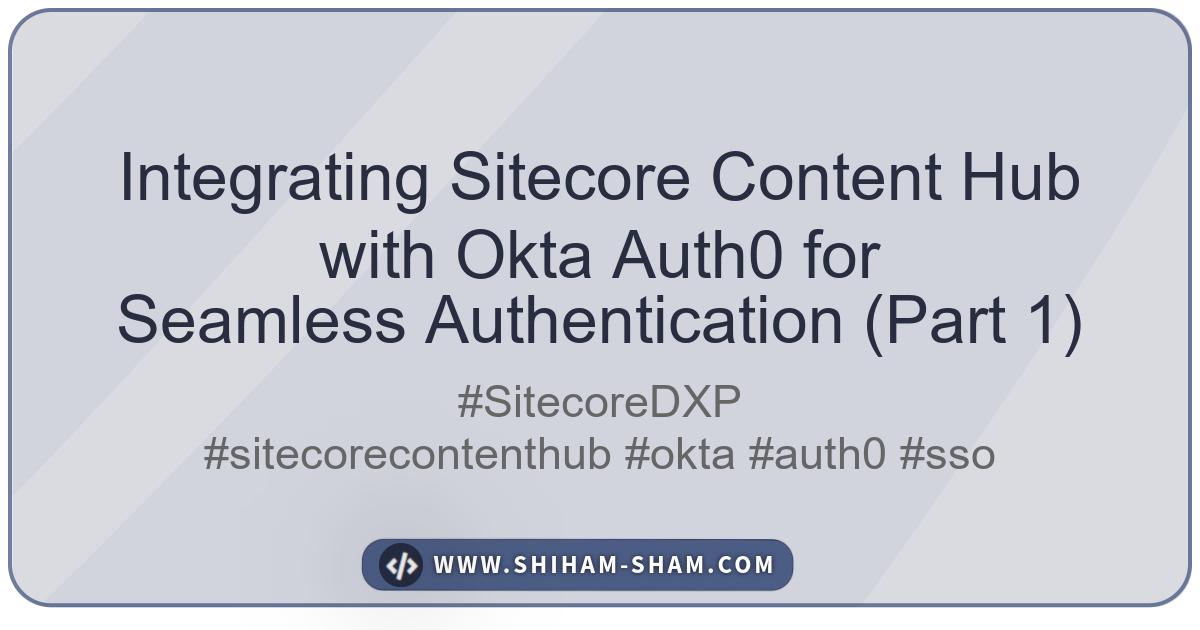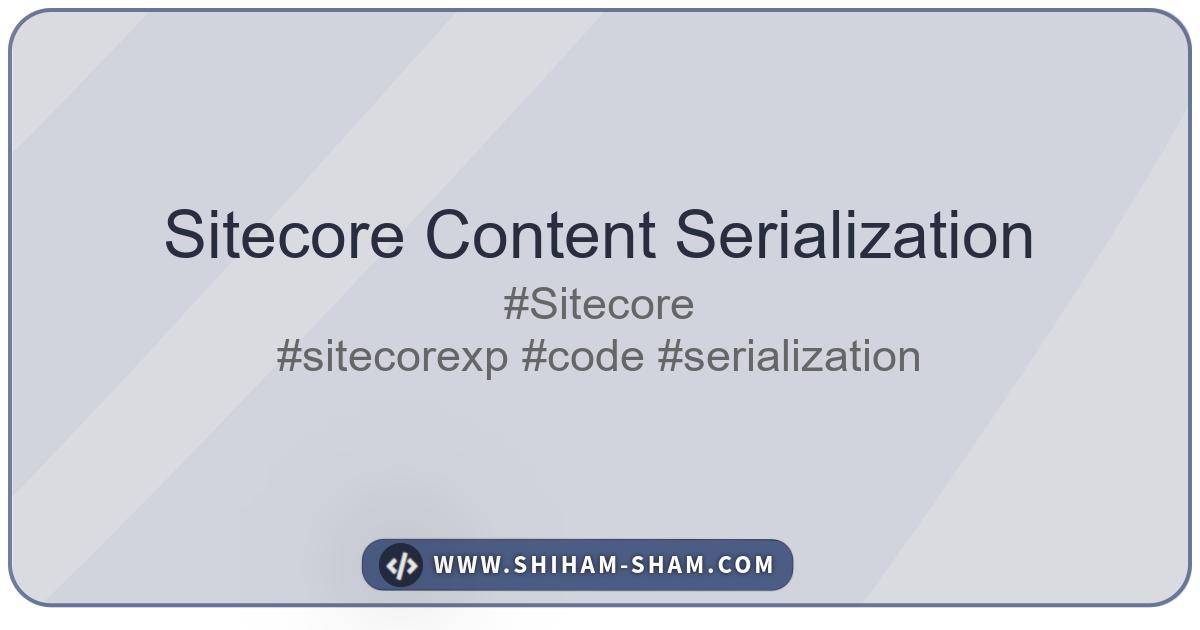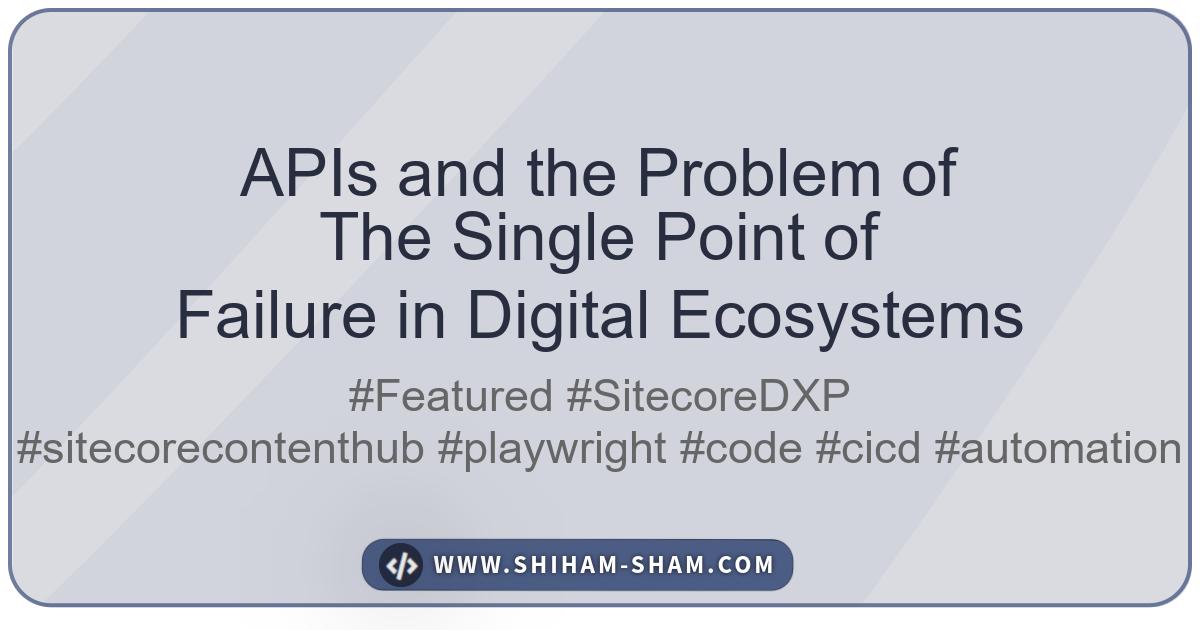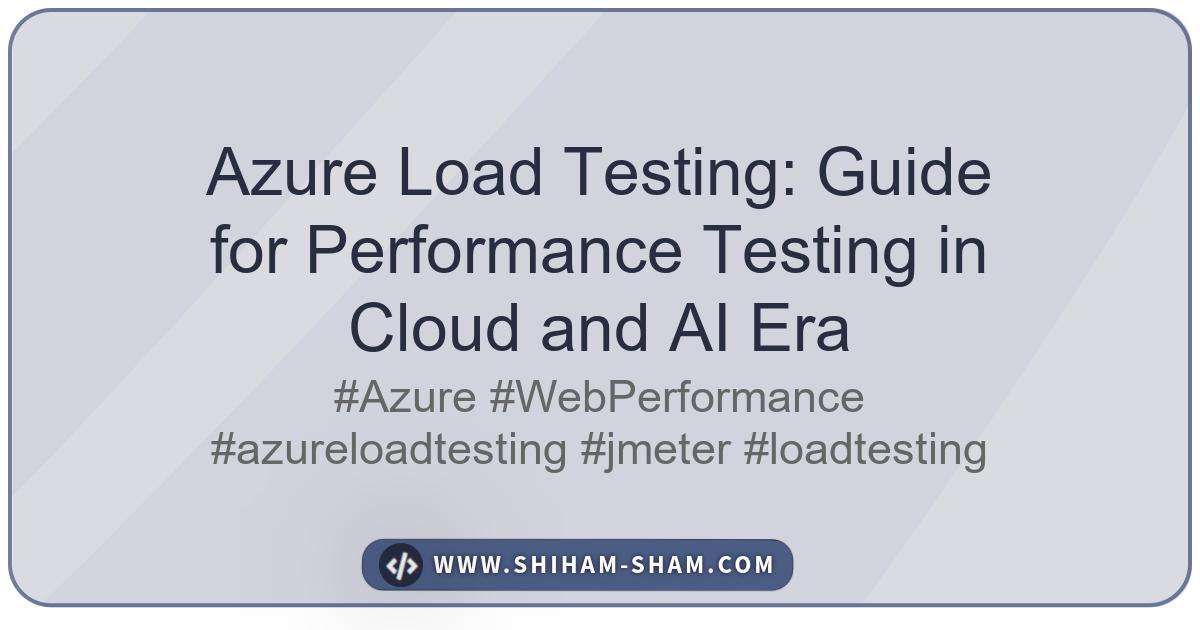Application Programming Interfaces (APIs) have become the backbone of modern software architecture. As organizations increasingly adopt API-first strategies, the importance of robust API testing cannot be overstated. A single API failure can trigger a domino effect, bringing down multiple client applications and causing significant business disruption.
This post explores why API testing is crucial in API-first ecosystems, how automated testing integrated into CI/CD pipelines can save organizations from costly failures, and introduces a testing framework specifically designed for Sitecore Content Hub’s out-of-the-box REST APIs.
The API-First Reality: Where Everything Connects
In an API-first architecture, applications are designed around APIs from the ground up. This approach offers numerous benefits:
- Faster Development: Teams can work in parallel on different components
- Better Scalability: Services can scale independently
- Platform Agnostic: APIs can serve web, mobile, IoT, and other platforms
- Third-Party Integration: Easy integration with external services
- Microservices Architecture: Enables distributed system design
However, this interconnectedness also introduces significant risks.
The Single Point of Failure Problem
Consider a typical API-first scenario in a digital marketing ecosystem with Sitecore Content Hub:
When the central API fails or behaves unexpectedly, all downstream applications are affected simultaneously. In a SaaS environment like Sitecore Content Hub, there will be changes done by different teams to introduce new features, enhancements to existing features and bug fixes.
A mistake or an unforseen impact during platform development could trigger a cascading failure that may:
- Halt marketing campaigns during critical business workflows
- Break customer experiences across all touchpoints
- Disrupt partner integrations and external workflows
- Cause data inconsistencies across multiple systems
- Generate support tickets from multiple channels simultaneously
Real-World Impact Scenarios
Let’s consider a API based Content Publication Workflow by partners or external content contributors.
- A critical API endpoint for content approval workflow begins timing out OR
- OAuth or Authentication credentials expires.
Both the above scenarios could lead to downstream impact of casuing diruption to teams and organizations who are working with the applications that relies on the API.
- Content creators cannot publish time-sensitive content
- Automated social media posting fails
- Email campaigns are delayed
- Website content becomes stale
- Multiple teams are blocked from their daily work
- The website displays broken product pages
- The mobile app crashes when loading products
- Email campaigns contain invalid product links
- Social media posts fail to update with current pricing
- The analytics dashboard shows inconsistent data
The Business Case for Thorough API Testing
Cost of API Failures
The financial impact of API failures extends far beyond immediate technical issues. When APIs fail in production, organizations face a multi-faceted cost structure that can quickly escalate into significant financial losses. Understanding these costs is crucial for building a business case for API testing strategies.
Time and Effort Savings
Implementing API testing strategies delivers substantial time and effort savings across multiple dimensions of software development and operations. These savings compound over time, creating significant efficiency gains that transform how organizations approach API development and maintenance.
ROI Calculation
Calculating the return on investment for API testing initiatives requires a analysis of costs saved versus implementation expenses. This financial evaluation demonstrates the tangible business value of investing in testing infrastructure and helps secure executive buy-in for testing initiatives.
Simple Cost Savings Fomula:
ROI = (Cost of Manual Testing + Cost of Production Bugs) - (Cost of Automated Testing Setup + Maintenance)
Automated Testing : CI/CD Pipeline Integration
Modern CI/CD pipeline integration transforms API testing from a manual, time-consuming process into an automated, continuous quality assurance mechanism. This integration represents a fundamental shift in how organizations approach software quality, moving from reactive testing to proactive quality gates that prevent issues from reaching production environments.
Introducing the Sitecore Content Hub API Testing Framework
To demonstrate these principles in action, let’s examine a robust API testing framework specifically designed for Sitecore Content Hub: GitHub Repository: Content-Hub-API-Test-Suite.
This Playwright-based testing framework provides complete coverage for Sitecore Content Hub REST API endpoints, implementing best practices for API testing in enterprise environments that can be extedned to custom use cases.
Conclusion
In API-first digital ecosystems, thorough API testing is not just a best practice, it’s a business necessity. The cascading effects of API failures can cripple multiple applications simultaneously, causing significant financial losses and damaging customer trust.
The investment in automated API testing pays dividends through:
- Reduced Risk: Early detection of issues before they reach production
- Cost Savings: Prevention of expensive production failures and hotfixes
- Improved Velocity: Faster, more confident deployments
- Better Quality: Complete coverage of functional and non-functional requirements
- Operational Excellence: Proactive monitoring and rapid issue resolution
The Sitecore Content Hub API Testing Framework demonstrates how these principles can be implemented practically, providing a robust foundation for API quality assurance in enterprise environments.
As we move forward, the organizations that invest in robust API testing today will be the ones that can scale confidently, innovate rapidly, and deliver exceptional digital experiences consistently.
Key Takeaways:
- API failures have exponential impact in interconnected systems
- Automated testing is essential for maintaining quality at scale
- CI/CD integration makes testing seamless and continuous
- Complete coverage includes functional, performance, and security testing
- Practical uses of the Content Hub Testing Suite provide immediate value
- ROI is measurable through reduced bugs, faster deployments, and improved efficiency
The question isn’t whether you can afford to invest in thorough API testing—it’s whether you can afford not to. In a world where APIs are the foundation of digital experiences, their reliability directly impacts your operational success.
